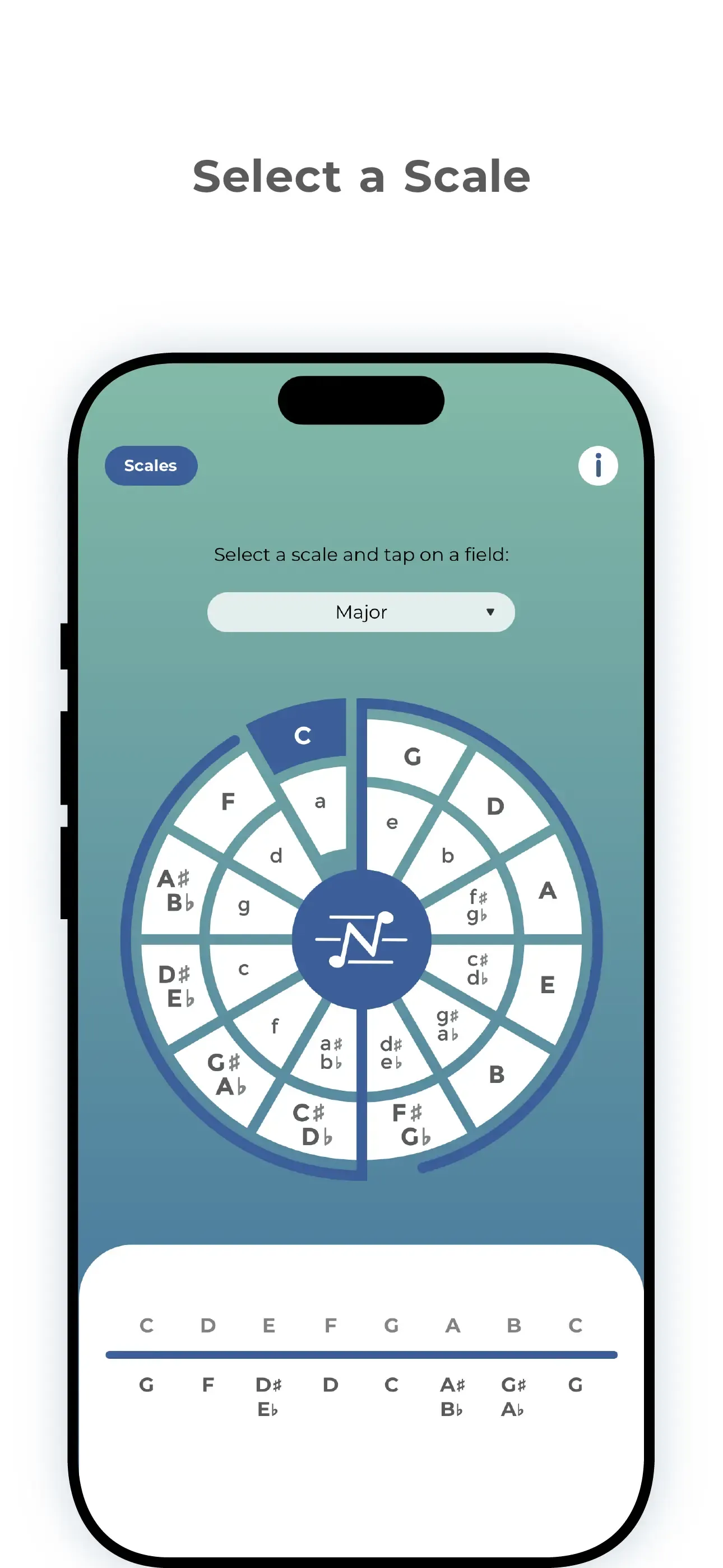
Dario Dumlijan
Full-Stack Engineer
<Skills/>
3y Elixir
3y Ruby on Rails
4y Ruby
4y NextJS
3y Astro
1y React
5y ReactNative
5y TypeScript
5y JavaScript
11y Python
5y jQuery
11y HTML
11y CSS
11y SASS
9y PostgreSQL
3y git
3y Postman
4y Figma
4y Adobe XD
6y Adobe Photoshop
11y Adobe Illustrator
11y Adobe AfterEffects
7y Adobe Premiere
7y DaVinci Resolve
3y Logic Pro
6y
<Project/>
Go home
Negative Harmony - Simplified
Find scales, modes & chords
Developed using React Native
Checkout the code at git/negative_harmony
You can download “Negative Harmony” on:
 |  |  |
Negative Harmony is an app made to make the musical theory of negative harmony easier to understand and visualise.
Easy to use, user-friendly interface:
- Selection of all western scales and modes
- Over 10 different chord types
- Diatonic note detection / Indicator for notes & chords outside of the scale
The app shows in a clear and easy way to understand what are the notes inside the chosen scale/mode and their relative negative harmony while also representing this inside the circle of fifths with the blue axis showing the relationship between each note.
The negative harmony app consists of 2 pages (Scales and Chords).
The first page “Scales” gives the option of selecting a scale or mode and then tapping on a key inside the circle of fifths to display the selected combination. In doing so the app will display all of the notes inside the scale/mode and their negative harmony counterparts while also colouring the selected key and displaying the axis (the blue line separating the circle of fifths into two parts) to visually represent the musical theory behind the app and the negative harmony concept.
The second-page “Chords” is made available after selecting the key and scale on the first page. Here the user is able to choose the desired chord type (major, minor, suspended, augmented…) and select the note from the chosen scale/mode which will then display the name of the selected chord, the notes inside the chord as well as the negative harmony chord name with the notes inside the “negative” chord. Chord notes displayed RED are non-diatonic (any notes or chords that are not native to the key).